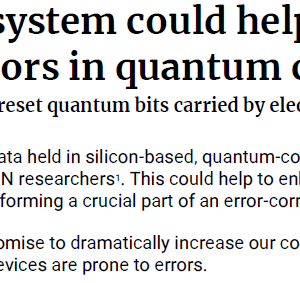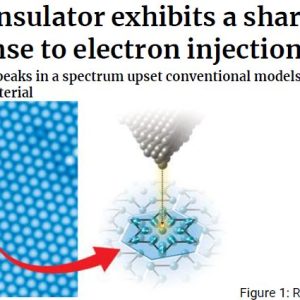
Environmentally Friendly Zr-Based Conversion Nanocoatings for Corrosion Inhibition of Metal Surfaces Evaluated by Multimodal X‑ray Analysis
₩4,000
Chemical conversion coating as an effective
corrosion inhibition has wide range of applications in industries
and is of great expectation to be environmentally friendly and costeffective.
Zirconium-based (Zr-based) conversion coating using
hexafluorozirconic acid with copper (Cu) additive on low carbon
steel which improves anticorrosion and adhesion properties was
studied using synchrotron X-ray and electron-based techniques. To
understand the elemental evolution during coating formation
process, in situ synchrotron X-ray fluorescence (XRF) microscopy
has been applied to observe Zr, Cu, iron (Fe), and zinc (Zn)
concentration evolution. By quantifying the density, average size,
and size distribution of the cluster as a function of time and
temperature, the growth mechanism of the coating can be
concluded as a reaction-controlled mechanism. X-ray absorption
near edge structure and X-ray photoelectron spectroscopy (XPS) were used to characterize the composition of the Cu-rich
clusters embedded in the coating which was determined to be mainly Cu2O, Cu, and CuF2; the cluster composition varies from
the surface to the internal region as determined by the depth-profiling of XPS. Our study shed light on the chemical and
morphological evolution in environmentally friendly surface conversation coating and demonstrated new methodology in
studying the coating formation via in situ synchrotron XRF.





상품평
아직 상품평이 없습니다.